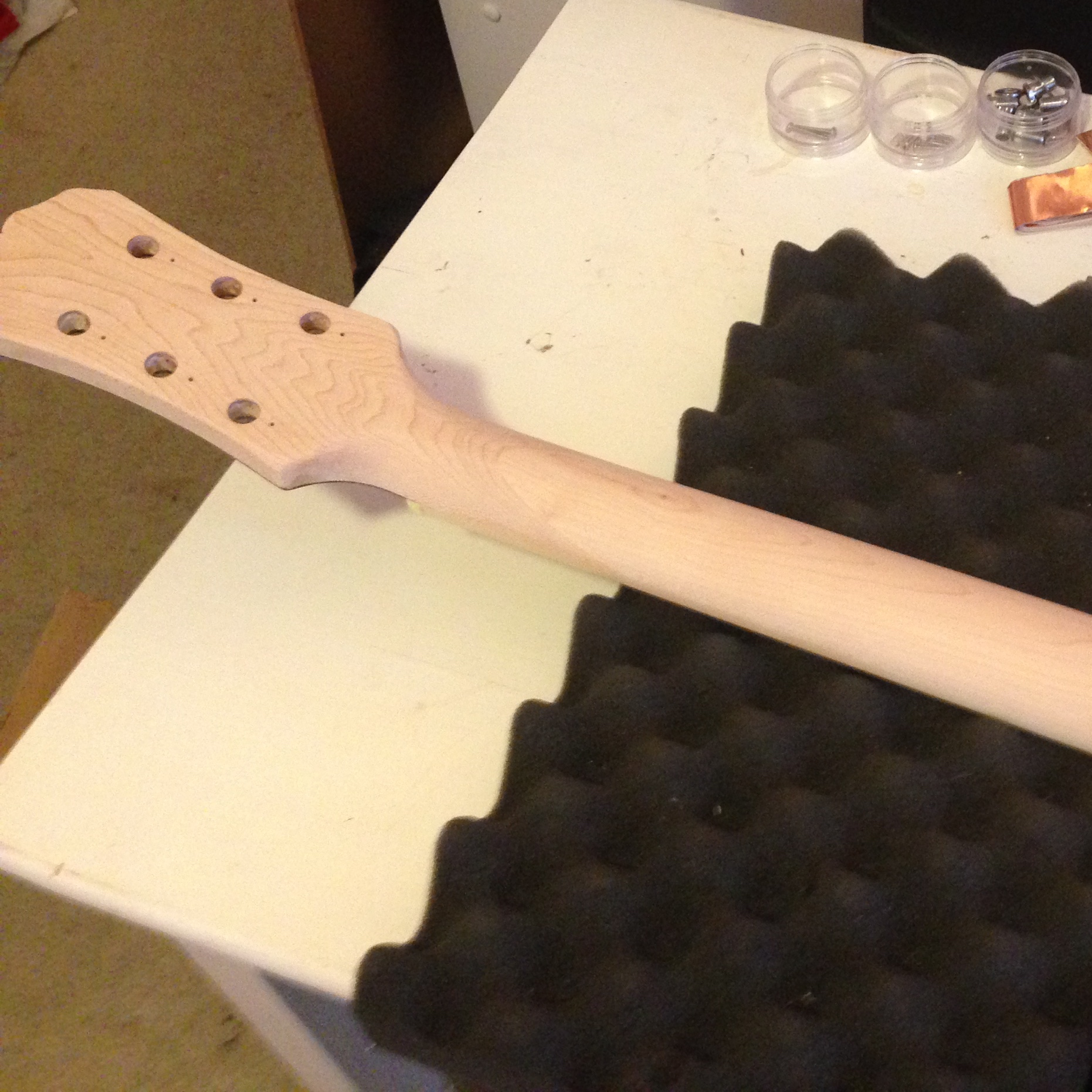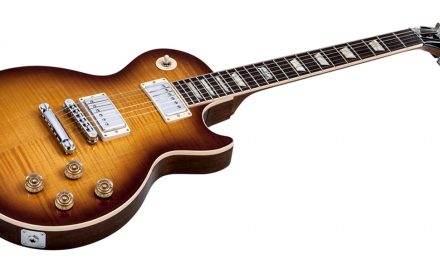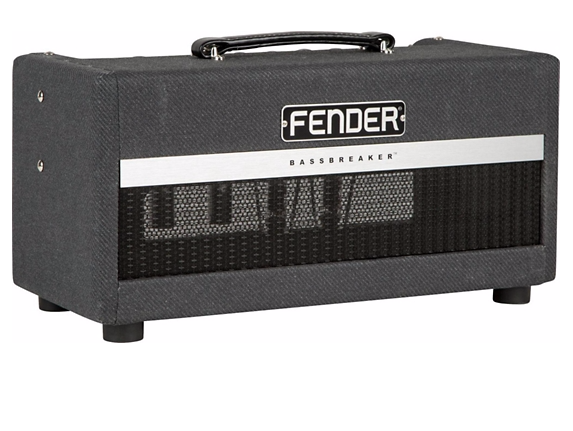The most important part of your guitar when it comes to playability is the neck.
In the modern era of everyone having an opinion about everything, it can get pretty confusing to figure out fact from fiction. In this post we’re going to deep dive into the facts and fiction regarding guitar necks. There’s controversy around a lot of this, so please understand that I’m giving my opinion as opinion. I know a lot about this stuff, but I don’t know everything. If I did, I’d write every book.
Ready?
Wood!
We begin with wood. Most guitar necks are made from maple or mahogany, with the actual fretboard being made of mahogany, ebony, maple, or in some cases a wood-like substance known as Richlite (which is resin-infused paper.) There are other woods and fake woods used to make fretboards but they’re less common. At this point I should talk about some woods (rosewood) becoming endangered and how that will impact future guitars, but that’s not the point of this article. Maybe I’ll do a different post on that. Basically, rosewood is going to be more and more rare, and companies will replace it with something else…
Anyway, there are a kabillion different kinds of maple and mahogany, not to mention all the other options, so it can be really confusing to try to figure out what’s real and what’s marketing. But there’s good news – the wood itself is not as important as the way the guitar was made. To oversimplify, wood with too much moisture content is crappy for making guitars, and there are other chemical changes that wood undergoes that makes it more suitable for guitar building. Geez, two paragraphs in and we’re still talking about wood.
When judging whether the wood in a guitar makes the guitar sustain longer and ring out more, forget about wood species and do the one test that matters – play the guitar. If it sings, it’s great. If it sounds like rubber bands on a board, it’s poop. Don’t get too hung up on the kind of wood. But… to some extent, you get what you pay for. A hundred dollar neck isn’t going to have wood that was treated as well as a four hundred dollar neck. The cheap neck was probably aged about an hour in a kiln, and the pricey neck was probably aged in a temperature controlled facility for a couple of years.
Playability is king, but you’ll find with experience that more expensive necks usually feel more playable. Again, it’s not the kind of wood, but rather how it has been treated and how accurately it has been measured and made.
Wood Cutting
Ha! You thought we were done. Nope. How the wood is cut will contribute to the price. There’s flat sawn, rift sawn, and quarter sawn, which are three different ways to cut wood. Not sure about rift sawn, but flat sawn and quarter sawn are what most builders use. Quarter sawn necks are stronger/less flexible, but plenty of builders use flat sawn and I’ve never had any problems with those necks. This would fall under what I call the 10% rule: the last 10% of increase in quality/tone you get from a guitar requires double to triple the overall price. If you’re buying a really expensive guitar, you’d expect quarter sawn wood for the neck. I seriously doubt you’d be able to tell the difference, but in theory it should be more stable. For budget guitars, I wouldn’t worry about it.
And then there’s the headstock. Ah, yes. This is where you spend extra money on something like a Gibson Les Paul, where they waste more wood to give you a neck that includes a titled headstock all in one piece, and it’s more likely to bust. Some people believe this delivers better tone. I doubt it, but if it has an impact at all, it’s going to be minimal. Many companies (such as Epiphone) use a dovetail joint where the headstock is a separate piece of wood from the neck and it’s glued on somewhere around the 3rd to 6th fret. There’s nothing wrong with this approach – in fact, some expensive builders do it because it offers a stronger bond than gluing the actual headstock on. So Gibson would tell you that their neck design, which is more expensive, is better than Epiphones’ design (Epiphone is owned by Gibson, if you didn’t already know,) but it’s debatable. Advice? Don’t worry about it.
Don’t Fret the Fretboard
There’s an age-old debate that maple fretboards make guitars sound bright and mahogany fretboards make guitars sound darker. But most luthiers agree that it doesn’t matter. Me? I’m not sure. My best guess is that it might make a small difference that you’ll never hear unless you play super clean. You might hear it when playing an electric guitar acoustically, but normally you won’t be doing that on stage unless the power goes out.
In the past, most dark wood fretboards have been unfinished other than a coat of oil, and most maple fretboards have been finished rather thickly with nitro or poly. But that’s not always the case. I have a PRS SE Custom 24 with a mahogany fretboard that has a gloss finish, and I have a Jackson with a maple fretboard that has only a thin coat of oil. What does the finish or oil add to the sound? Nothing. But it impacts the playability. I used to care about this a lot, and now I could care less. I believe that you will get used to whatever you play. So in the end, this is a matter of opinion.
Frets
In recent years, stainless steel frets have become popular, especially with guitars designed for metal or hard rock. Traditional frets are made from a combination of metals like copper, nickel, zinc, and lead. The advantage of stainless steel is that it is extremely resistant to wear, so you can play stainless steel frets a really, really long time before you have issues with fret wear. They’re also easier to bend notes on. This would seem to be a no-brainer decision – of course you’d want your frets to last longer. So why hasn’t the entire industry switched?
One reason is cost – not the cost of the frets, but the cost of labor. To over-simply, you need special tools to work with stainless steel frets, and they’re more difficult to cut, bend, shape, and polish. Another reason is sound. Acoustically, they sound brighter than regular fret wire. Does that translate to a brighter guitar sound? The debate rages on. My opinion? Personally, I like traditional fret wire, because it’s far easier to work with, and I love to work on guitars. I’d basically have to buy new tools to work on stainless. However, if I were buying a new, expensive guitar, and I could choose between the two, I’d go stainless. They’re easier to play on and they don’t dent (very easily.) At some point I might bite the bullet and start using them. But I’m not unhappy with traditional fret wire.
Ultimately, the fret job itself is more important than the wire. The difference between bad, good, and great is measured in thousandths of an inch. The best way to understand this is to play a three thousand dollar Music Man at your local Guitar Center. Now THAT is accuracy. They feel like they’re engineered down to the atom, to paraphrase Jack Black. But still… don’t discount stainless steel frets. Easier to bend on, and they last almost forever.
Fret Markers
Fret markers on the fret board can be made out of almost anything. In some cases, they’re thick stickers, in others, they’re mother of pearl. They don’t affect tone, but sometimes they can stick up and annoy you. So look out for necks where the fret markers are popping up. Other than that, it’s personal preference what fret markers look like.
Nut
This one is easy. Cheap guitars use plastic nuts and they are awful. Synthetic or bone nuts are both superior to plastic. Don’t play a guitar with a plastic nut. If you have one, get it replaced. Other than that, I’m not nuts about nuts. I don’t have a big preference between bone and synthetic. I use Graphtech nuts because they don’t allow the strings to get caught up in them, and you can buy them pre-cut. I’ve made bone nuts before – you have to be careful not to breathe in any of the fumes. I’d rather just buy a Graphtech. Also – the nut matters a lot on open strings. Not sure that it has any impact on a fretted string. Just something to consider.
Tuners
From a practical standpoint, the most important thing to know about tuners is ratio – how many complete turns of the knob does it take to make the post do a complete turn. The higher the ratio, the more accurately you can tune. Most pros agree that 18 to 1 is a good ratio. The second most important feature of a tuner is the ability to lock. On a locking tuner, you complete a turn and the tuner clamps down on the string. This means you don’t need to wrap the string around the post multiple times to get stability. It also means that if you have a vibrato/tremolo bar, the guitar will stay more in tune when you use it. This is because you don’t have multiple winds, which can bind up when you use the bar.
Some tone snobs will insist that the composition of the tuner has a massive impact on the tone of the guitar. I remain unconvinced. If there is an impact, which might be the case, it’s a pretty small one. To me, the most important aspect of a tuner is how well it works. Pretty much any set of tuners over $50 will do the job just fine. Some cheaper tuners might also be fine, but I prefer to use locking tuners, and they’re usually a bit more pricey.
Truss Rod
I’m over 1,500 words in and still going. You mean there’s more? Yup. Necks are dead straight when builders put the frets in (or when people like me do fretwork,) but most players like a little relief (bow) in the neck of something like 10/1000 of an inch. In order to make a neck straight or with a small relief, you need to be able to adjust the neck using a truss rod. A truss rod is a long medal rod built into the neck and you can tighten it (to make the neck straighter) or loosen it (to add some relief.) Some fancy guitars have a truss rod that can be turned either way and will tighten up either way, but most truss rods either tighten or loosen. As long as the truss rod works, it doesn’t much matter what it’s made of.
But truss rods are either inserted to the neck before the fretboard goes on, or the builder will route a channel along the back of the neck for the truss rod, and then put a wood strip over the route. This is called a “skunk stripe.” I don’t believe that either is better, with one caveat – on budget guitars, including $600 Made in Mexico Strats and Teles, you can find skunk stripes that “feel” different on the back of the neck, meaning you can feel the edges of the stripe. I personally hate that, but it doesn’t hurt the tone.
So there you go – a lengthy summary of guitar necks. There’s plenty I left out, but if you understand everything I just wrote, you know more about guitars than 90% of all of the other guitarists out there.





